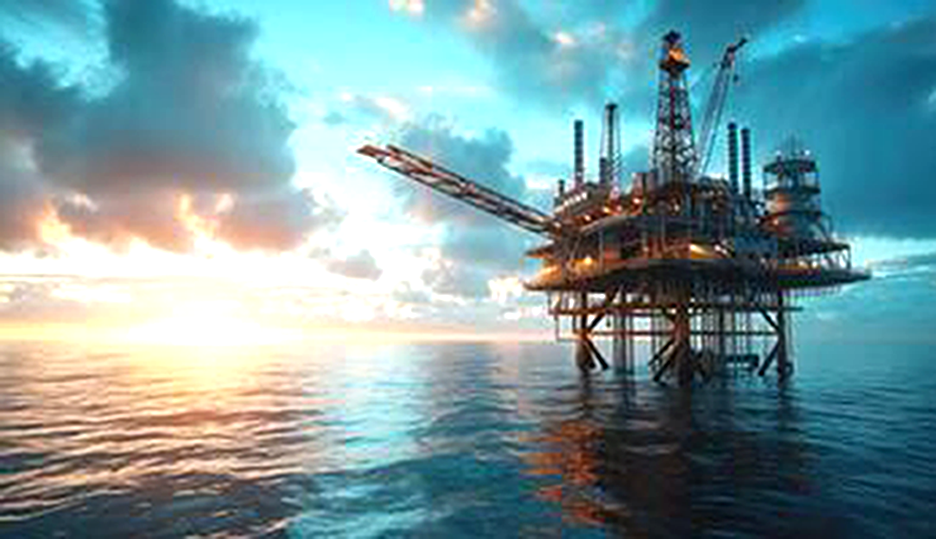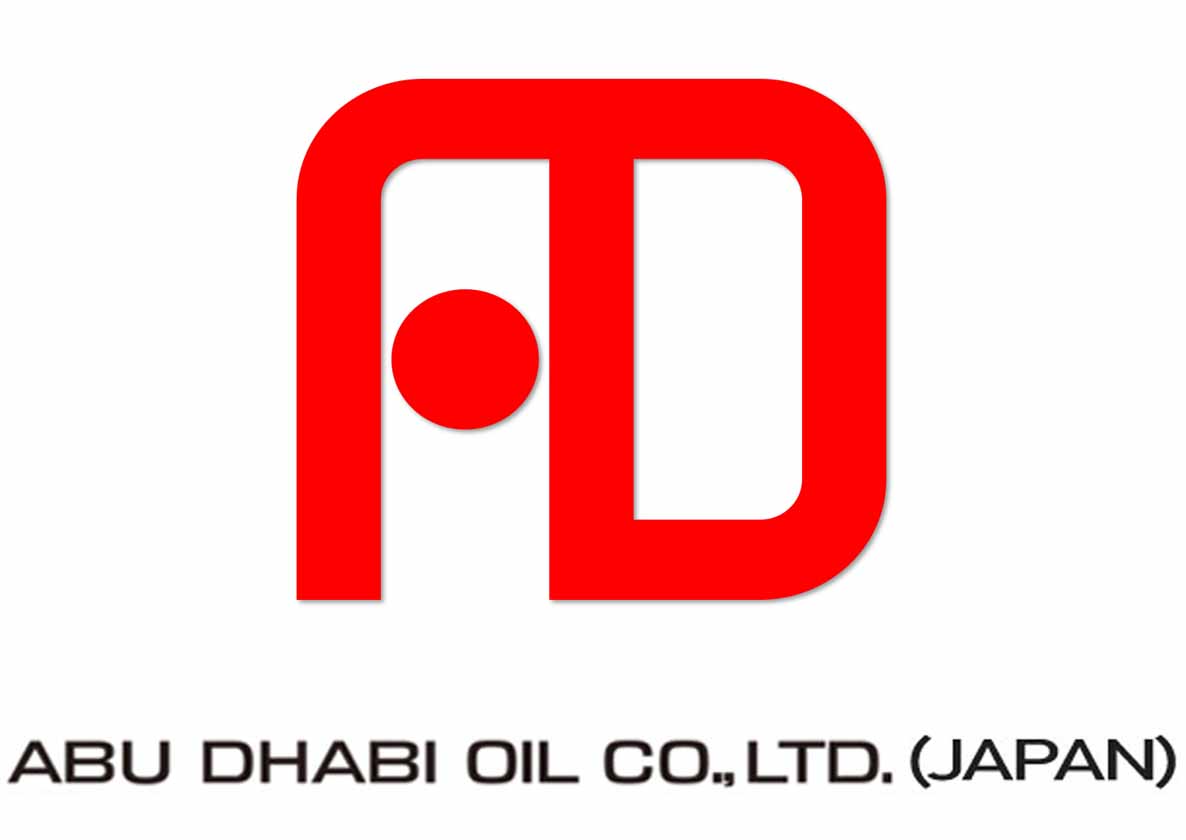Offshore Oil and Gas Development: Navigating Challenges and Opportunities
"Offshore oil and gas development involves exploring and extracting resources from beneath the ocean, balancing environmental, technical, and economic challenges while seizing opportunities for energy growth and innovation."

Offshore Oil and Gas Development: Navigating Challenges and Opportunities
Offshore oil and gas development involves extracting energy resources from beneath the ocean floor, typically in deepwater areas where reserves are difficult to access. As onshore oil supplies decline, offshore exploration has become vital to meet global energy demands. Advancements in technology, such as floating production storage and offloading (FPSO) units and subsea systems, have made it possible to tap into deepwater reserves more efficiently. FPSOs allow for the extraction, storage, and transportation of oil from the ocean floor, while subsea systems place equipment directly on the seabed to support extraction. These innovations have enabled companies to operate in challenging environments, driving the growth of offshore production.
Despite these advancements, offshore development still faces significant risks, including the potential for oil spills, which can cause severe environmental damage. To mitigate these risks, companies use blowout preventers, safety devices that prevent oil and gas leaks during drilling. Moreover, the industry is increasingly focusing on sustainability and reducing its environmental impact. Technologies like artificial intelligence (AI) and the Internet of Things (IoT) are helping companies improve efficiency, monitor environmental conditions, and prevent accidents in real-time. Furthermore, carbon capture and storage (CCS) and hybrid power systems—which combine renewable energy with traditional oil and gas operations—are emerging as key solutions for reducing emissions and ensuring the long-term viability of offshore energy production.











